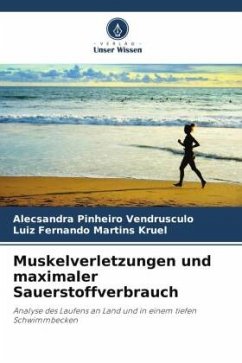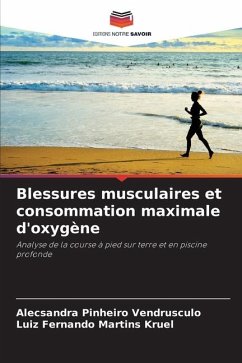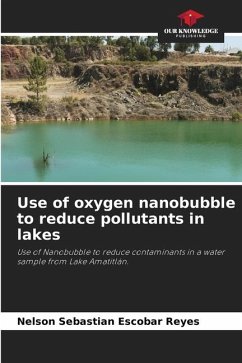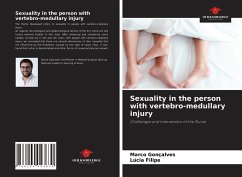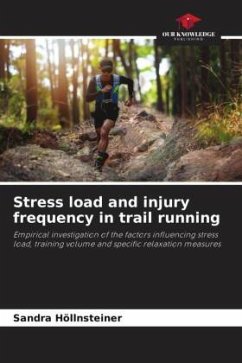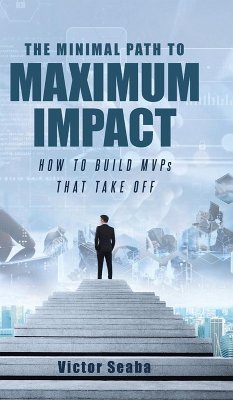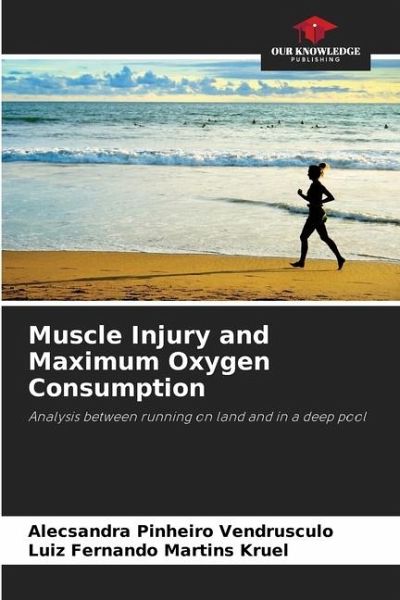
Muscle Injury and Maximum Oxygen Consumption
Analysis between running on land and in a deep pool
Versandkostenfrei!
Versandfertig in 6-10 Tagen
37,99 €
inkl. MwSt.

PAYBACK Punkte
19 °P sammeln!
This book discusses myoarticular injuries in runners and makes a comparative analysis between land running and deep pool running. The high incidence of myoarticular injuries in runners is well documented in the literature, and an attractive training method developed not only to complement land running, but even to replace it, is deep pool running. As well as improving aerobic capacity, it does not pose a risk of orthopaedic trauma due to the lower incidence of myoarticular stress and helps during the recovery process from lower limb injuries. It was found that the two types of training improve...
This book discusses myoarticular injuries in runners and makes a comparative analysis between land running and deep pool running. The high incidence of myoarticular injuries in runners is well documented in the literature, and an attractive training method developed not only to complement land running, but even to replace it, is deep pool running. As well as improving aerobic capacity, it does not pose a risk of orthopaedic trauma due to the lower incidence of myoarticular stress and helps during the recovery process from lower limb injuries. It was found that the two types of training improved the subjects' cardiorespiratory fitness, and that running on land can cause a greater increase in the concentration of creatine kinase than running in a deep pool, suggesting that the liquid environment may be the most suitable for protecting the musculoskeletal system. This book is aimed at health professionals, specifically physiotherapists and physical educators.





